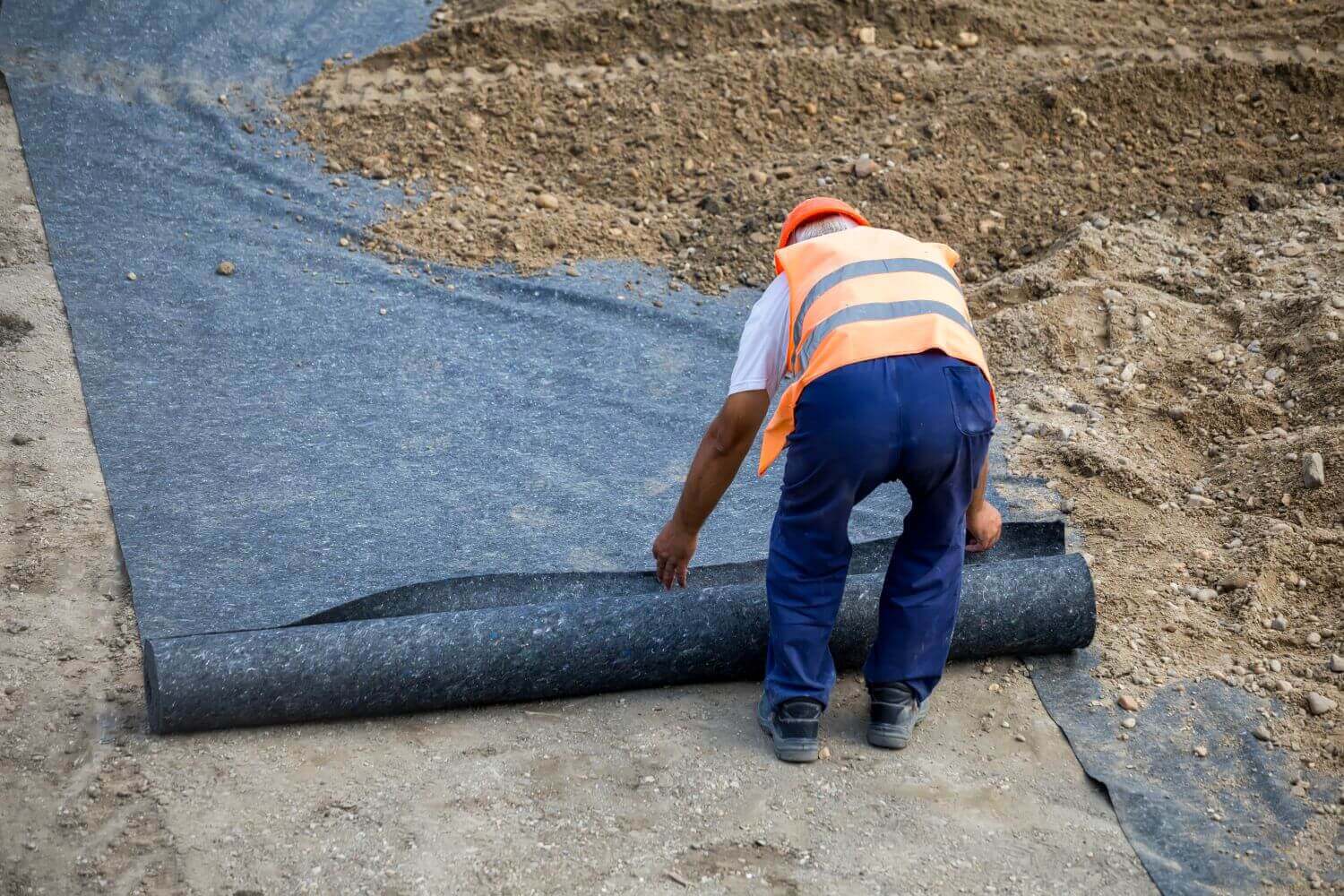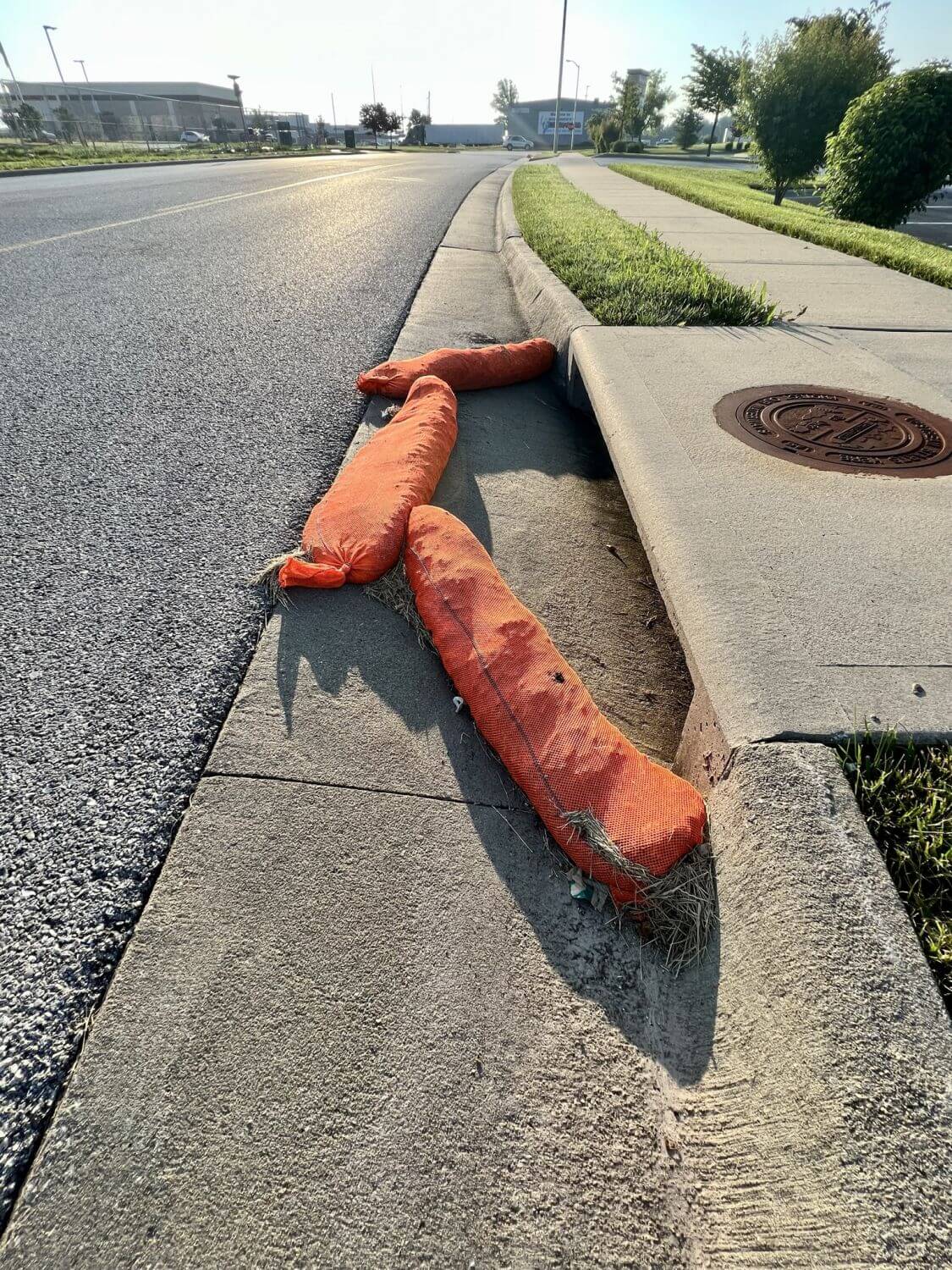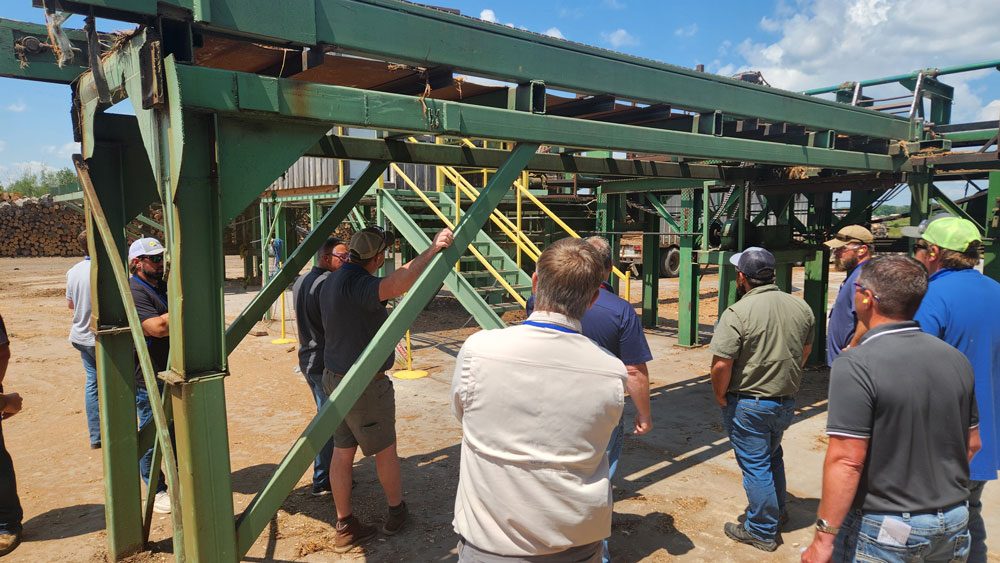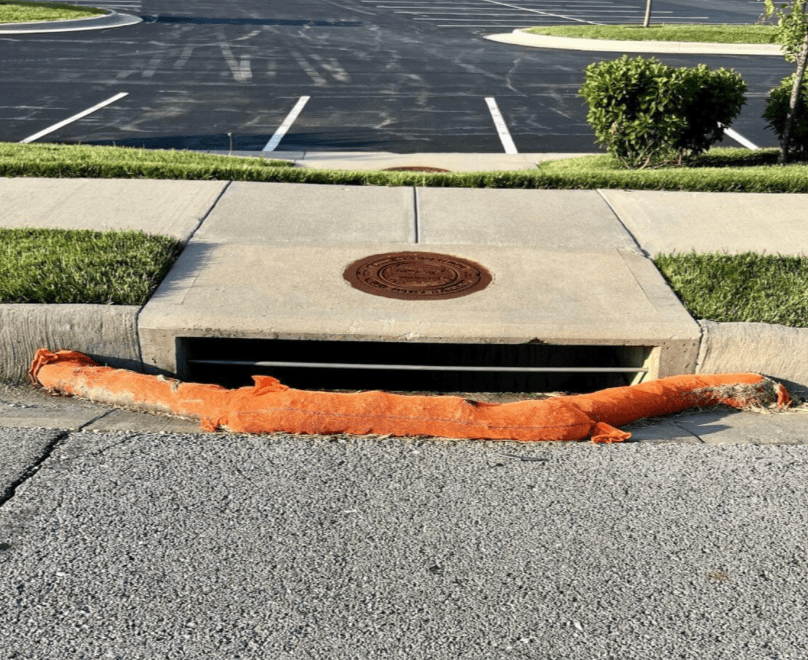Effective stormwater management is crucial for construction sites to prevent environmental degradation, comply with regulatory requirements, and maintain operational efficiency. Implementing best practices not only safeguards natural water bodies but also minimizes potential legal and financial repercussions.
Develop a Comprehensive Stormwater Pollution Prevention Plan (SWPPP)
A Stormwater Pollution Prevention Plan (SWPPP) is a fundamental requirement for construction sites, outlining strategies to minimize pollutant discharge into stormwater systems. This plan should be tailored to the specific conditions of the site and include:
- Site Assessment: Evaluate topography, soil types, and proximity to water bodies to identify potential runoff pathways.
- Best Management Practices (BMPs): Detail structural and non-structural measures to control erosion, sedimentation, and pollutant sources.
- Implementation Schedule: Establish timelines for the deployment and maintenance of BMPs throughout the project lifecycle.
Regular updates to the SWPPP are essential to reflect changes in site conditions or construction activities. For guidance on developing an effective SWPPP, refer to the EPA’s comprehensive manual.
Register for a Virtual Lunch & Learn Session
Deepen your understanding of inlet protection and explore the latest trends and innovations in the field. During this session industry experts will share valuable insights, practical tips, and real-world case studies.
Earn 1 PDH Credit.
Implement Erosion and Sediment Control Measures
Preventing soil erosion and managing sediment are critical components of stormwater protection in the context of construction. Effective measures include:
Silt Fences
Silt fences are one of the most widely used sediment control measures, serving as a temporary barrier to intercept sediment-laden runoff. Installed along site perimeters, silt fences slow down water flow, allowing sediment to settle before runoff exits the site.
- Ideal for perimeter control on construction sites with exposed soil.
- Helps meet EPA and NPDES stormwater permit requirements for sediment management.
- Easy to install and remove once construction phases are complete.
For enhanced performance, MKB Company’s Siltron Advanced Silt Fence features a three-layer composite geotextile that maintains filtration efficiency even under extreme sediment loads. Unlike standard silt fences that often fail due to clogging, Siltron ensures continuous flow while capturing sediment more effectively.
Compost Filter Socks
For construction sites requiring a higher level of sediment control, compost filter socks like SiltSoxx offer a superior alternative. These permeable mesh tubes filled with organic media act as both a sediment barrier and a water filtration system.
- No trenching required, making installation and repositioning simple.
- Highly adaptable—works on slopes, around storm drains, and along perimeters.
Unlike traditional silt fences, SiltSoxx maintains its filtration effectiveness even under heavy runoff. The biodegradable Natural+ netting option allows for on-site decomposition, eliminating disposal costs and making it a sustainable choice for construction stormwater management.
ErosionTech Excelsior Logs
For sites with steep slopes, drainage channels, or disturbed soil, ErosionTech Excelsior Logs provide effective sediment retention. Made from 100% Great Lakes Aspen fibers, these fiber rolls:
- Slow runoff velocity, reducing the risk of soil displacement.
- Enhance sediment deposition, keeping construction sites in compliance with stormwater regulations.
- Support long-term site stabilization by retaining moisture for vegetation growth.
Unlike straw wattles, excelsior logs retain their shape and effectiveness longer, making them ideal for long-term erosion control projects.
ErosionTech Coir Logs
Construction projects near streams, wetlands, or high-flow areas require more durable sediment control solutions. ErosionTech Coir Logs, constructed from dense coconut fiber, are designed to:
- Provide long-term erosion protection and vegetation establishment along waterbody channels, embankments, and drainage ditches.
- Withstand heavy water flow without breaking down prematurely.
- Support wetland restoration and environmentally sensitive projects.
Because coir fibers decompose slowly, these logs are an excellent choice for long-term sediment stabilization.
Stabilize Soils Promptly
Exposed soil at construction sites is highly vulnerable to erosion, particularly during heavy rainfall. To effectively prevent soil displacement and maintain site stability, implementing proven soil stabilization techniques is essential. These strategies include:
- Temporary Seeding: Apply fast-growing grasses reinforced by StrawMax to provide immediate soil cover.
- Mulching: Use organic materials to protect soil surfaces and retain moisture.
- Geotextiles: Geotextiles are high-strength fabrics that help stabilize soil, reduce erosion, and support vegetation establishment. These materials can be used in various applications, including slope stabilization and drainage filtration.
- Rolled Erosion Control Products: ErosionTech Blankets are designed to reduce soil erosion while supporting vegetation growth, establishment, and protection.
Timely stabilization not only reduces erosion but also enhances construction site aesthetics and compliance with environmental regulations.

Control Runoff and Divert Flows
Managing the flow of stormwater is vital to prevent overwhelming control measures and minimize erosion on site:
Diversion Channels
Diversion channels are strategically constructed trenches or swales designed to reroute stormwater away from vulnerable areas, active construction zones, and exposed slopes. These channels prevent excess water from accumulating in high-risk zones, thereby minimizing erosion and sediment transport.
Key benefits of diversion channels include:
- Protecting exposed soil by intercepting and redirecting stormwater before it reaches erodible areas.
- Preventing site flooding and ponding, which can lead to project delays and safety hazards.
- Reducing reliance on sediment control barriers, as less water volume means less strain on wattles, silt fences, and filter socks.
For a trenchless alternative to traditional diversion channels, MKB Company’s DiversionSoxx provides an efficient, low-impact solution that redirects runoff without the need for excavation. These flexible, permeable barriers act as water deflectors, controlling flow patterns and reducing sediment transport in high-risk areas.
Check Dams
Check dams are small, strategically placed barriers within drainage channels designed to reduce the velocity of stormwater runoff and encourage sediment deposition before it leaves the site. These barriers break up the flow of water, giving sediment a chance to settle, preventing downstream pollution.
Check dams can be constructed using:
- Compost filter socks, such as SiltSoxx, which trap sediment and pollutants while still allowing water to pass through.
- Straw wattles for temporary or biodegradable erosion control.
- RockSoxx for high-flow channels that require a durable, long-term solution.
By slowing stormwater runoff, check dams play a crucial role in sediment control and regulatory compliance, particularly on sites with steep slopes or concentrated water flows.
Regular Inspection and Maintenance
Ongoing monitoring ensures the effectiveness of stormwater controls:
- Routine Inspections: Conduct regular site assessments, especially after significant rainfall, to identify and address issues promptly.
- Maintenance Plans: Establish schedules for cleaning, repairing, or replacing BMPs as needed.
- Documentation: Keep detailed records of inspections, maintenance activities, and any modifications to the SWPPP.
Proactive maintenance not only ensures compliance but also extends the lifespan of control measures, enhancing overall efficiency.

Educate and Train Personnel
Empowering the construction team with knowledge is key to effective stormwater management:
- Training Programs: Provide comprehensive training on BMP implementation, inspection protocols, and emergency response procedures.
- Clear Communication: Ensure all personnel understand their roles and responsibilities concerning stormwater protection.
- Continuous Learning: Stay updated on regulatory changes and emerging technologies in stormwater management.
A well-informed team is better equipped to implement and maintain effective stormwater controls, ensuring both compliance and environmental stewardship.

Conclusion
Implementing these best practices for stormwater protection on construction sites is essential for environmental compliance and operational efficiency. By developing a comprehensive SWPPP, employing effective erosion and sediment controls, stabilizing soils, managing runoff, protecting drainage structures, maintaining regular oversight, and educating personnel, construction projects can significantly reduce their impact on surrounding ecosystems. Utilizing quality products from reputable providers like MKB Company further enhances the effectiveness of these measures, ensuring both compliance and environmental protection.

Register for Our Lunch and Learn Session
Ready to deepen your understanding of inlet protection and explore the latest trends and innovations in the field? Register for a virtual Lunch and Learn session, where industry experts will share valuable insights, practical tips, and real-world case studies. Don’t miss this opportunity to expand your knowledge, earn professional development hours, and connect with peers in the industry. Register now to secure your spot and take the first step towards mastering the art of inlet protection.

